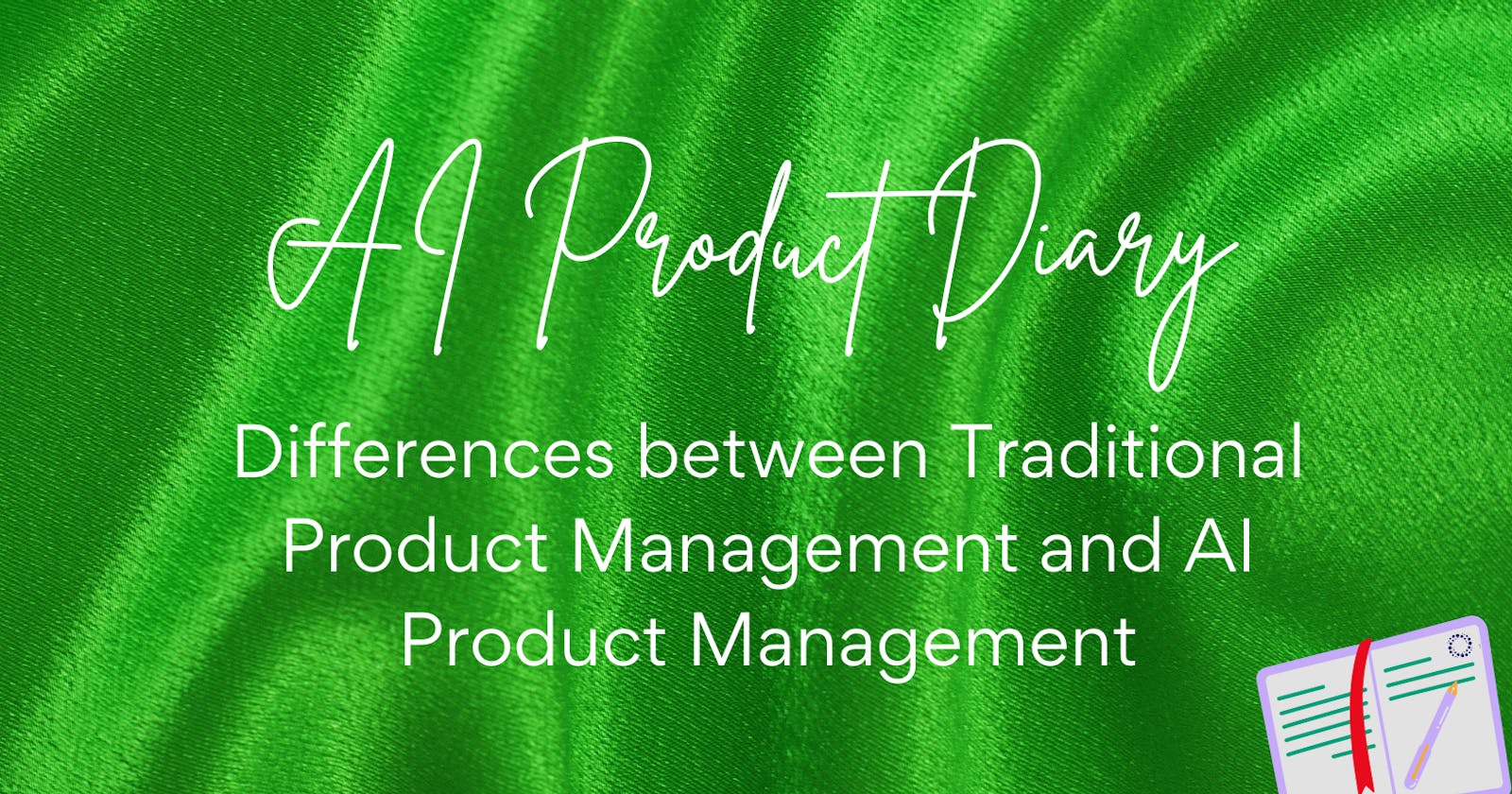Differences between Traditional Product Management and AI & Data Product Management
Similarities, differences and skills needed to switch to AI product management from traditional product management.
It’s important to understand the differences between traditional product management and product management for AI and data products.
They may have similarities but have very important differences that we will be sharing in this piece. Before we go into their differences, let’s take a look at the similarities between these roles.
Similarities between Traditional Product Management and AI Product Management
Both roles are user-focused. It’s important for product managers to be able to carry out market research in order to identify user needs, whether this is with software or with AI opportunities that can improve user experience.
Cross-Functional Collaboration is a must. Product managers need collaboration and communication skills to be able to work with different teams, including design, engineering, marketing, sales, etc.
Both need a product strategy. Product managers need product roadmaps to help them identify opportunities for improvement and growth, whether this is by working with feedback received or incorporating AI into an existing product or having that take centre stage if AI is the main technology.
Differences between Traditional Product Management and AI Product Management
Skillsets. AI Product Managers, while having the skills of traditional product managers such as market research, product design, etc., they also require technical skills in data science and machine learning.
Complexity. AI products are a bit more complex as it includes designing algorithms and models, optimizing performance metrics and taking into consideration AI ethics, data privacy and security.
Metrics and KPIs. Metrics measured for AI products include accuracy, precision, recall and F1 score while also including metrics such as revenue and customer satisfaction depending on the size of the company.
Collaboration. AI product managers have to collaborate with data and AI teams which typically include data analysts, machine learning engineers, data engineers, etc., while also collaborating with designers, engineers, marketing teams, etc.
Regulations. AI product managers have to ensure that AI products meet set data policies and regulations such as GDPR and meet ethical standards related to transparency and bias. They have to stay up to date with these new regulations and ensure the data used and the models built are in alignment.
Continuous Improvement. AI products have to be consistently optimized to improve product performance.
There are a few differences between these two roles.
If you want to make the switch from a traditional product manager to an AI product manager, what skills do you need to learn?
Skills required switch to AI Product Management
Understanding of data analytics and how to interpret data. This will include familiarity with tools such as SQL, Python and R.
Understanding of machine learning, computer vision, natural language processing, etc.
Familiarity with big data technologies.
Be able to communicate technical AI jargon to non-technical stakeholders such as executives, marketing teams, designers, customers, etc.
Understanding of data privacy regulations and AI ethics.
Be willing to learn continuously. AI is a rapidly evolving field, and AI product managers should be committed to staying up to date with the latest trends and how they can impact their products.
